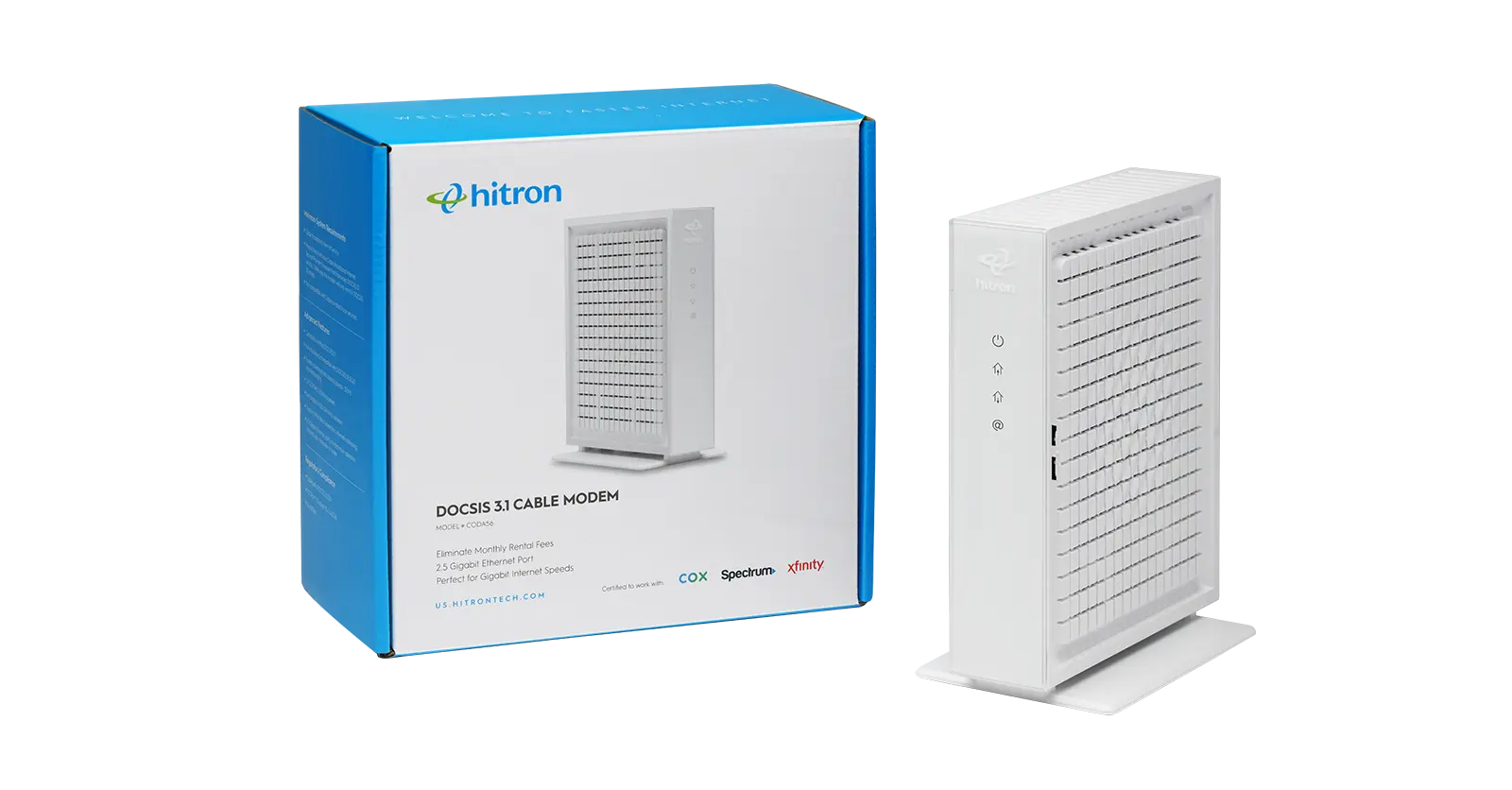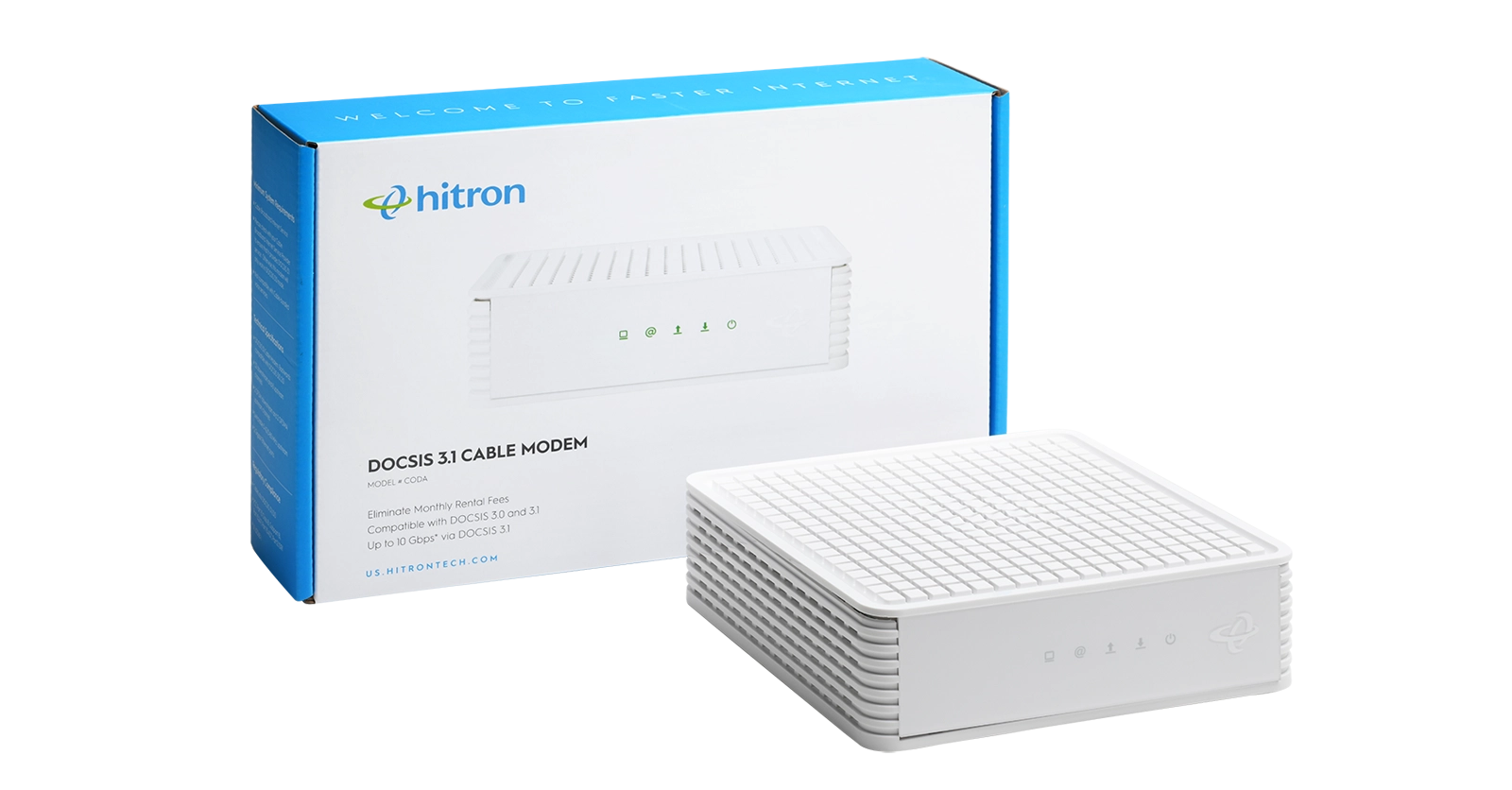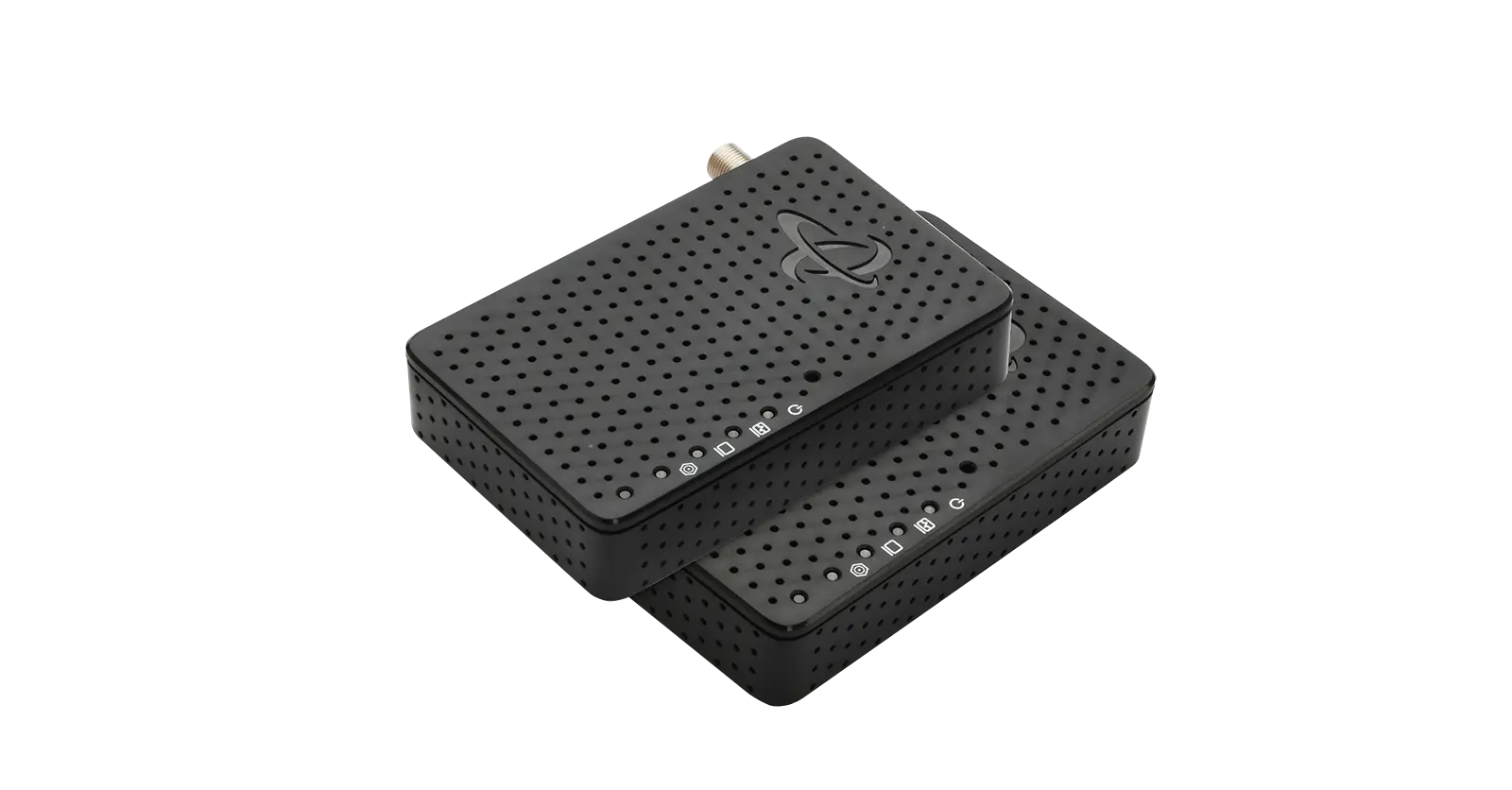Distance is one of the biggest offenders for your WiFi signal. The second is thick floors or walls. The farther away your devices are, the thicker the barriers, the more your connection will suffer. If your WiFi signal is struggling to reach spaces like your basement, you now know why.
There are a few things you can do yourself to boost the WiFi in your basement. Here are tips to try.
Tips for boosting the WiFi in your basement
There are a few tricks to get a better WiFi signal. Things like:
- Moving your router to a better location
- Adding a second router to your basement
- Checking your router’s frequency
- Checking your router’s channels
- Investing in a new router
But the best trick to getting better WiFi in your basement is to boost your WiFi signal through floors and thick walls. To do this, you need to use WiFi boosters.
There are different types of WiFi boosters. The best one to use depends on your situation and needs. For example, your preference on a wired or wireless solution, or the size of your home. In general, there are two types to consider:
- Wireless network adapters/extenders – a wired solution that is less vulnerable to interferences and obstacles like walls and floors.
- Mesh Wi-Fi – a wireless solution that forms a network throughout the area where the mesh pods are placed (but is vulnerable to wireless interference).
Both of these options take your existing WiFi signal and extend its reach for better coverage, even when it has to get through floors and walls like to your basement.
Most likely, you will choose adapters to use in your basement, unless your whole home is already set up as a mesh WiFi system. By simply using wireless network adapters like Hitron’s HT-EM4 MoCA adapters, you can get corner-to-corner WiFi all the way down to your basement.
To learn more about improving your WiFi to enhance your Internet connection speeds in every room in your home by checking out Hitron’s Learn Page or blog.


